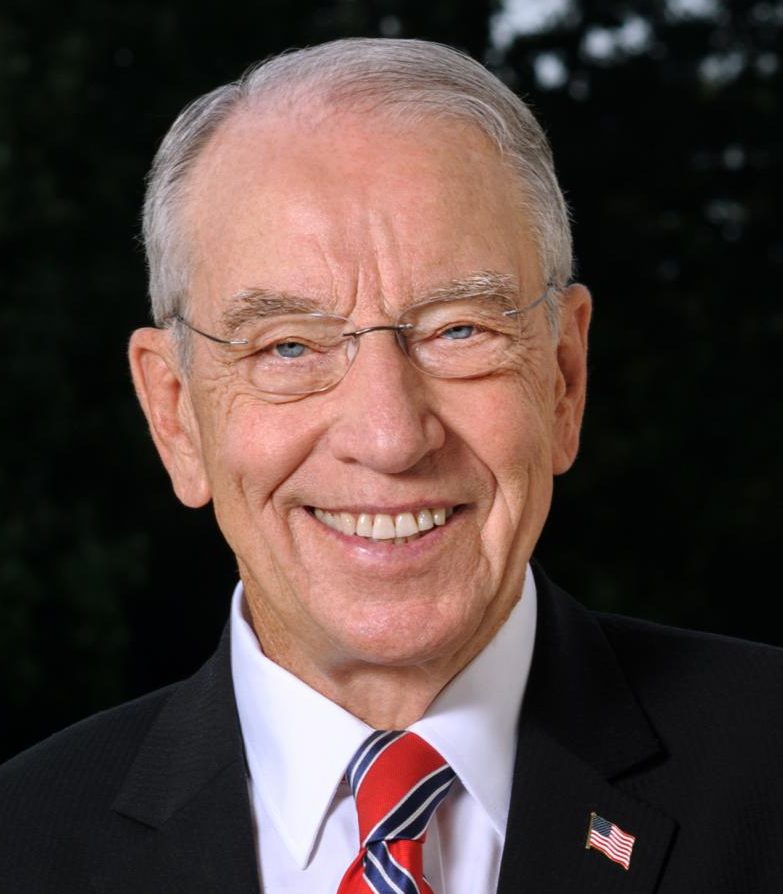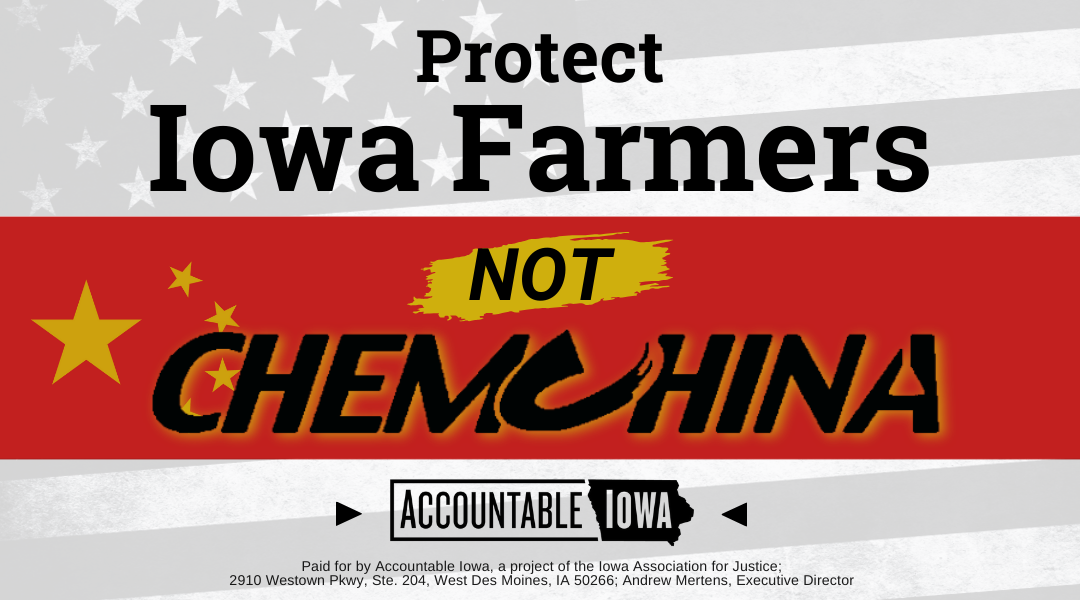Q: Why are suicide rates increasing in the United States?
A: In the last two decades, suicide rates are on the rise, according to the federal Centers for Disease Control and Prevention (CDC), making it one of the leading causes of death in the United States. The federal agency reports more than 47,000 lives were lost to suicide in 2017. And in nearly half of the 50 states, suicide rates have climbed more than 30% since 1999. Iowa’s suicide rate from 1999 to 2016 increased 36.2%, according to CDC statistics. In an effort to help prevent death by violence, including homicide and suicide, the CDC operates the National Violent Death Reporting System (NVDRS), a state-based, anonymous data clearinghouse to help inform policymaking. The NVDRS started compiling data in 2002 with six states and expanded to all 50 states in 2018. Gathering specific data points, from demographics to toxicology reports, they help provide a fuller picture of violent deaths in America. This information is pivotal for policymakers, law enforcement, social services, schools and court systems to assess prevention programs and identify challenges in local communities to prevent violent deaths. The NVDRS findings categorize factors that contribute to suicide, including: relationship problems; problematic substance use; personal crisis; chronic physical illness; financial problems; and gender (men are nearly four times more likely to die by suicide). Suicide is a serious public health problem in the United States that impacts generations of families from all walks of life. Its causes are complex. With rates of suicide on the climb, it’s as important as ever to sweep away the secrecy and stigma that have shadowed this public health risk for decades. Raising awareness is a critical way to effect change in society and will help better identify risk factors, prevention strategies and effective resources to lower the number of deaths by suicide and help prevent the tragic loss of life and the lifelong burden and heartache on the loved ones left behind.
Q: What legislative initiatives have you led in Congress for suicide prevention and outreach?
A: As one of Iowa’s U.S. Senators, I have worked to improve and strengthen resources available to farmers and veterans who are struggling to cope and manage life situations that may lead to self-inflicted harm. Each of the following bills have been signed into federal law. In 2016 I co-sponsored legislation to improve the toll-free hotline for veterans. When the Department of Veterans Affairs says it’s operating a call center to provide emergency counseling for veterans in crisis, it better be answering those calls in a timely, responsive way. My bill puts in place quality benchmarks so Congress is able to measure if the VA is adequately doing its job. This initiative builds upon two other bipartisan bills I worked on to improve suicide prevention services for veterans, including the Clay Hunt Suicide Prevention for American Veterans Act – which started a pilot program to repay the loan debt of psychiatry students to help recruit them to work at the VA – and the Joshua Omvig Veterans Suicide Prevention Act, named after an Iowan from Grundy Center who died by suicide after serving in Iraq. When our brave men and women return home from the line of duty, the federal government must keep its promises and help them transition to civilian life, including timely access to mental health care services. Another sector of the population identified by the CDC with higher suicide rates is agricultural workers. In the last Congress, I co-sponsored the FARMERS FIRST Act with Senator Joni Ernst to improve mental health support and resources for farmers in crisis. Our legislation provides seed funding through the USDA to state departments of agriculture and state extension services and nonprofits to establish helplines and suicide prevention training and outreach programs in rural communities.
September is National Suicide Prevention Awareness Month. As our young people return to the classroom and cope with the social and academic pressures that ramp up during the school year, it’s especially important to keep our eyes, ears and lines of communication open. According to the CDC, suicide is the second leading cause of death for youth ages 10-24. Suicide is a preventable death. The Iowa Department of Public Health encourages parents to get to know the warning signs. Learn more here. Live chat assistance is available by calling (855)581-8111. Or text (855)895-8398.
The FCC announced in August it will unveil a national 3-digit suicide prevention hotline to make it more user-friendly and accessible for individuals to reach trained professionals for assistance and counseling. Until then, Americans may continue to contact the National Suicide Prevention Lifeline that operates 24/7 for free, confidential assistance. Call (800)273-TALK. That’s (800)273-8255.
















